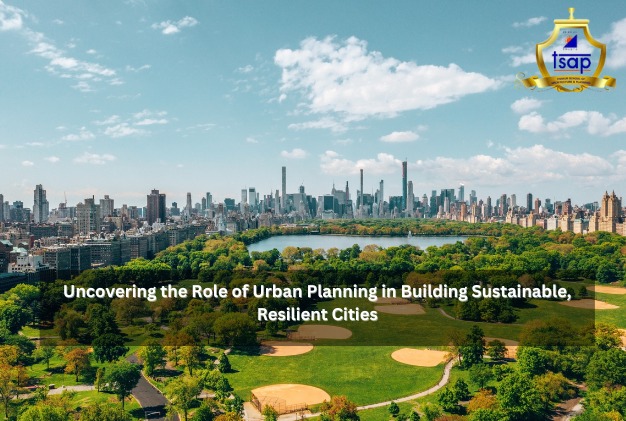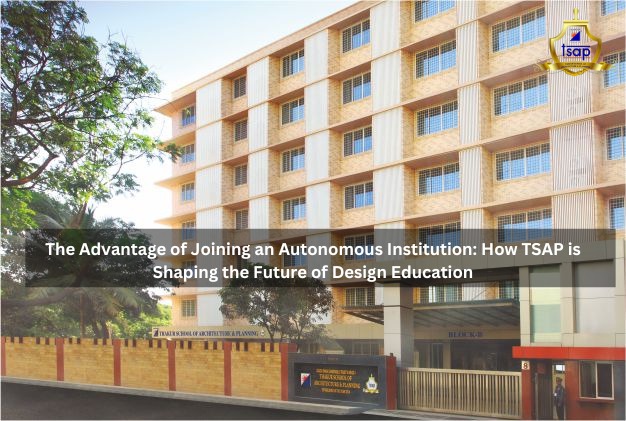
Interior design as a profession has progressively become the most sought-after career choice, gaining immense demand from the industry. The recent advances in the real estate segment have witnessed a vast demand for professionally trained and qualified interior designers to take on the job of executing interior design (small and large) projects from ‘Concept to Completion’.
The industry today is driven by value addition to property and providing solutions that are delivered professionally in a time-bound and systematic manner. Today, the role of an interior designer is that of a task manager who takes the client’s brief, investigates the site potential, and suggests strategies that bring out optimal space utilization while adding value. Each project is unique and can be broadly classified based on the pattern of occupancy, user expectations, and the type of ownership of properties.
The best interior design institute in Mumbai is at the center of all decisions and the multimodal point of contact between several agencies that are involved in a project. The biggest challenge is to ‘catch the pulse of design.” It is the conceptualization skills of the designer that can capture the essence of the client’s expectations with the right tools, techniques, and ability to produce the most appropriate ‘inspirational image’, that is, the client’s aspiration from the project. With the availability of various visualization tools, software, and techniques, interior designers can provide the perfect walk-through of ‘Inspirational Spaces’ through the use of 3D animation results and photo-realistic renderings that capture the essence of spaces with almost picture-perfect accuracy that match the outcomes.
The execution of a project is a major portion of the responsibility of the interior designers; the site audits, during the design stage of the program, are the mainstay of the project’s successful execution. An interior designer is well supported by a team of site supervisors and project managers to oversee the project execution in the case of large-scale projects. The journey towards realizing the imagination and inspirational concepts is, in reality, an amazing assembly line process involving various agencies in the process of space creation. The integration of teams involved in civil, electrical, plumbing, water supply, sanitation, carpentry, air-conditioning, fire safety, acoustics, or any other services, furniture, fittings, fixtures, or finishes, has to be coordinated to avoid duplication of work.
Being the master manager of the project, the interior designer plays a key role as the decision-maker and problem solver. The project unfolds step by step as the elements are added and the project moves from ‘Inspiration to Reality’. The biggest sense of satisfaction and reward for an interior designer is to find a project executed in the spirit of the ‘Inspiration’ that it was designed to become a reality in a complete sense. The training of interior designers as the ‘Master Manager’ of all the processes that make a full project involves theoretical understanding along with complete practical experience. The training of an interior designer is a perfect blend of both sides and with the provision of an ‘internship’ or ‘apprenticeship’, the necessary skills are acquired, and once achieved, ‘Sky is also not the limit’ for growth in the industry.
Recent Posts
-
 The Changing Role of Architects in Corporate-Based Real Estate Firms25 Mar 2025
The Changing Role of Architects in Corporate-Based Real Estate Firms25 Mar 2025 -
 Uncovering the Role of Urban Planning in Building Sustainable, Resilient Cities18 Feb 2025
Uncovering the Role of Urban Planning in Building Sustainable, Resilient Cities18 Feb 2025 -
 How TSAP is Revolutionizing Design Education with UGC Autonomy14 Jan 2025
How TSAP is Revolutionizing Design Education with UGC Autonomy14 Jan 2025 -
 Green Architecture in India: Sustainable Urban Growth18 Dec 2024
Green Architecture in India: Sustainable Urban Growth18 Dec 2024 -
 The Role of Technology in Shaping Modern Architecture: Innovations Driving the Future of Design18 Nov 2024
The Role of Technology in Shaping Modern Architecture: Innovations Driving the Future of Design18 Nov 2024